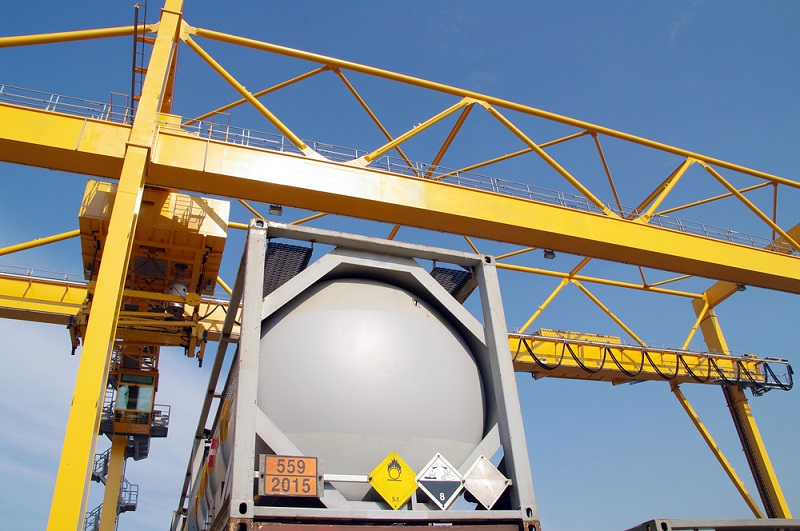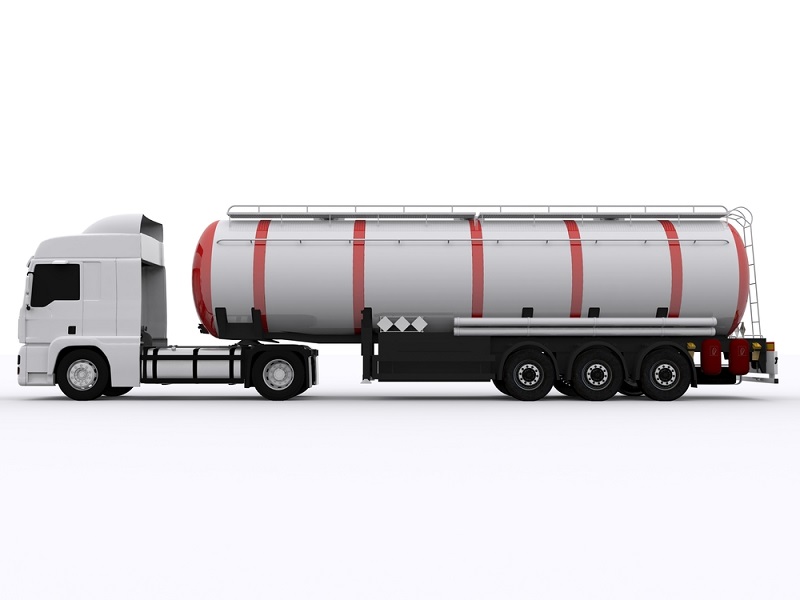Transportation and Classification of Hazardous Goods

Transporting hazardous goods is a complex procedure and needs comprehensive understanding and awareness of the relevant regulations. Hazardous goods are materials or products with dangerous properties, which, if not thoroughly controlled, cause a potential hazard to living beings or the environment. The hazardous goods transport is managed and governed by a variety of different regulatory authorities, functioning at both national and international levels. There are different kinds of shipments that are used for the hazardous goods like chemicals and for petroleum products. Along with the transportation guidelines, there are also the state guidelines and regulations as given by the state authorities of different countries.
Different Categories of Hazardous Goods:
Classification of hazardous goods is broken down into different classes depending on the type of hazardous material present. Transportation of all these goods needs high regulation and monitoring.
- Explosives: Explosives are the substances, which have the potential to quickly explode as a result of chemical reaction. Fireworks, Primers, Flares, are the commonly transported explosives. When exploded, these have the capacity to produce high temperatures, pressures, and speeds, causing disastrous damage.
- Gases: This class surrounds compressed gases, liquefied gases, dissolved gases, or mixture of one or more gases. Gases are classified as hazardous due to their flammability, corrosiveness, or toxicity. Petroleum gases, Oil gases, Natural gases are all commonly transported gases.
- Flammable Liquids/Solids: Flammable materials (liquids or solids) are considered as hazardous goods due to their volatility and combustibility. Alcohols, Paints, Carbon, Matches are all categorized under flammable materials.
- Toxic and Infectious Products: These substances are likely to cause death or serious harm if consumed or if they come into skin contact. Transportation of such materials is also regulated by authorities of hazardous goods transport.
- Radioactive Substances: As we all know, radioactive materials can cause acute risks to human health. Examples of radioactive materials are medical isotopes, radioactive ores, density gauges, etc.
- Corrosives: Corrosives are the substance, which can strike and chemically destroy other materials upon contact. They can cause serious harm when in contact or in case of leakage. Acids, Dyes, Flux, Batteries are some of the most common corrosive materials.
All the other hazardous goods that are not covered by other classes are categorized as miscellaneous hazardous goods. Like other dangerous materials, transportation of miscellaneous hazardous goods is governed by hazardous goods transport regulatory regime.

How to Recognize Hazardous Goods?
Packages containing hazardous goods must be labeled or tagged to recognize their hazardous properties. This alerts everybody who manages or transports the goods or who procures the goods in an emergency situation. Hazardous goods are usually marked using diamond-shaped labels. However, you cannot find these diamond-shaped signs on dangerous goods always, but are marked with caution labels.
The safety transportation rule applies to all people who are involved in hazardous goods transport, but how it makes an impact on you depends on:
- The type of hazardous goods
- Quantity of the goods you are transporting
- Whether you are transporting hazardous goods as tools-of trade, or for your own household purpose.
Measures to follow while transporting hazardous goods:
If you are transporting dangerous materials, then it is your responsibility to ensure that the goods are transported and delivered safely. Consider the following measures during hazardous goods transport:
- Make sure that the materials are thoroughly packaged and identified.
- Isolate irreconcilable hazardous goods.
- Ensure that the goods are not overloaded.
- Carry emergency response information.
- Aware of safe handling and emergency procedures.
There are several global logistic companies that specialize in worldwide hazardous goods transport. They offer variety of services to customers from around the globe. They focus on different categories of dangerous goods, and provide complete hazardous goods logistic service.


















